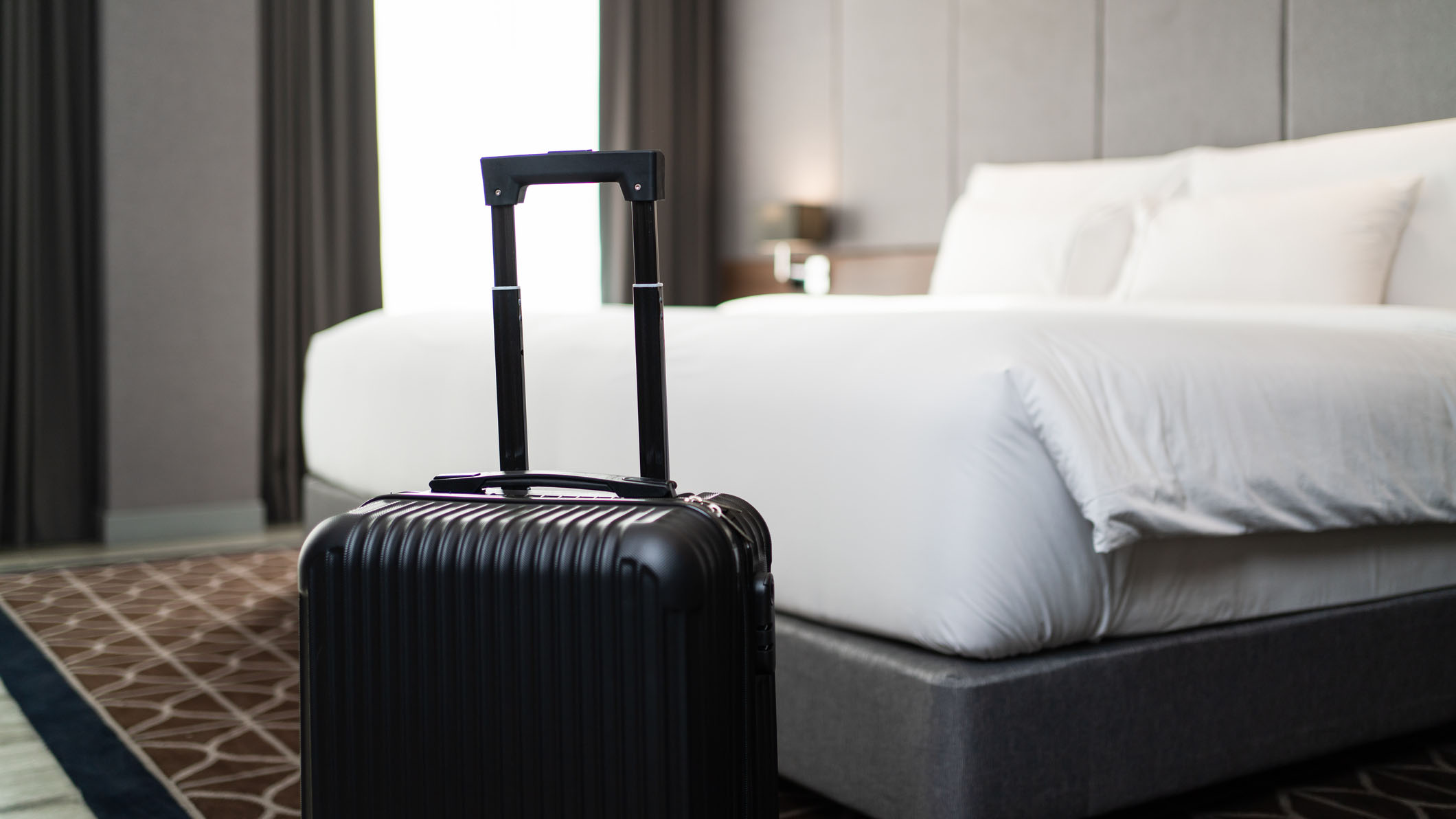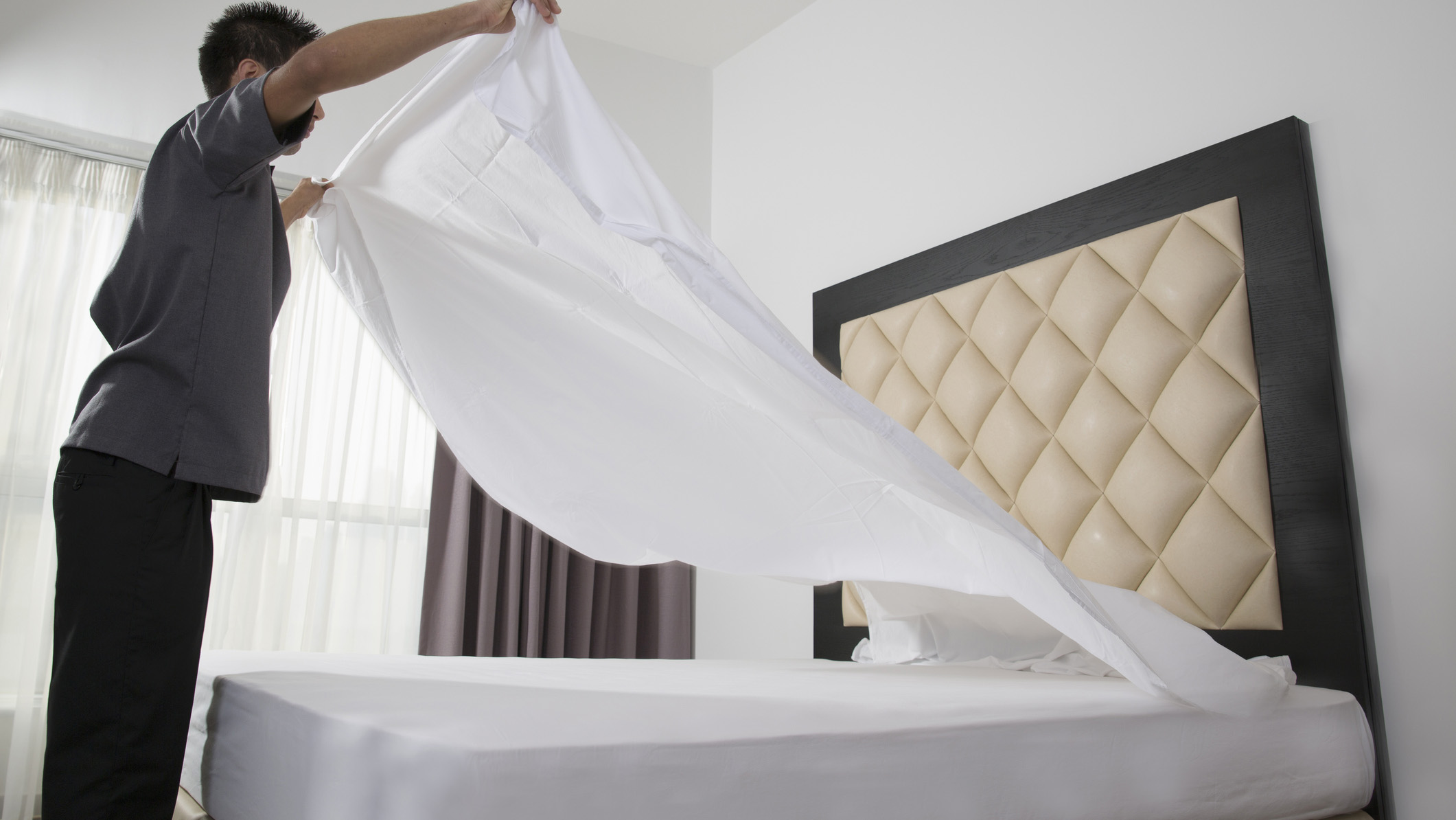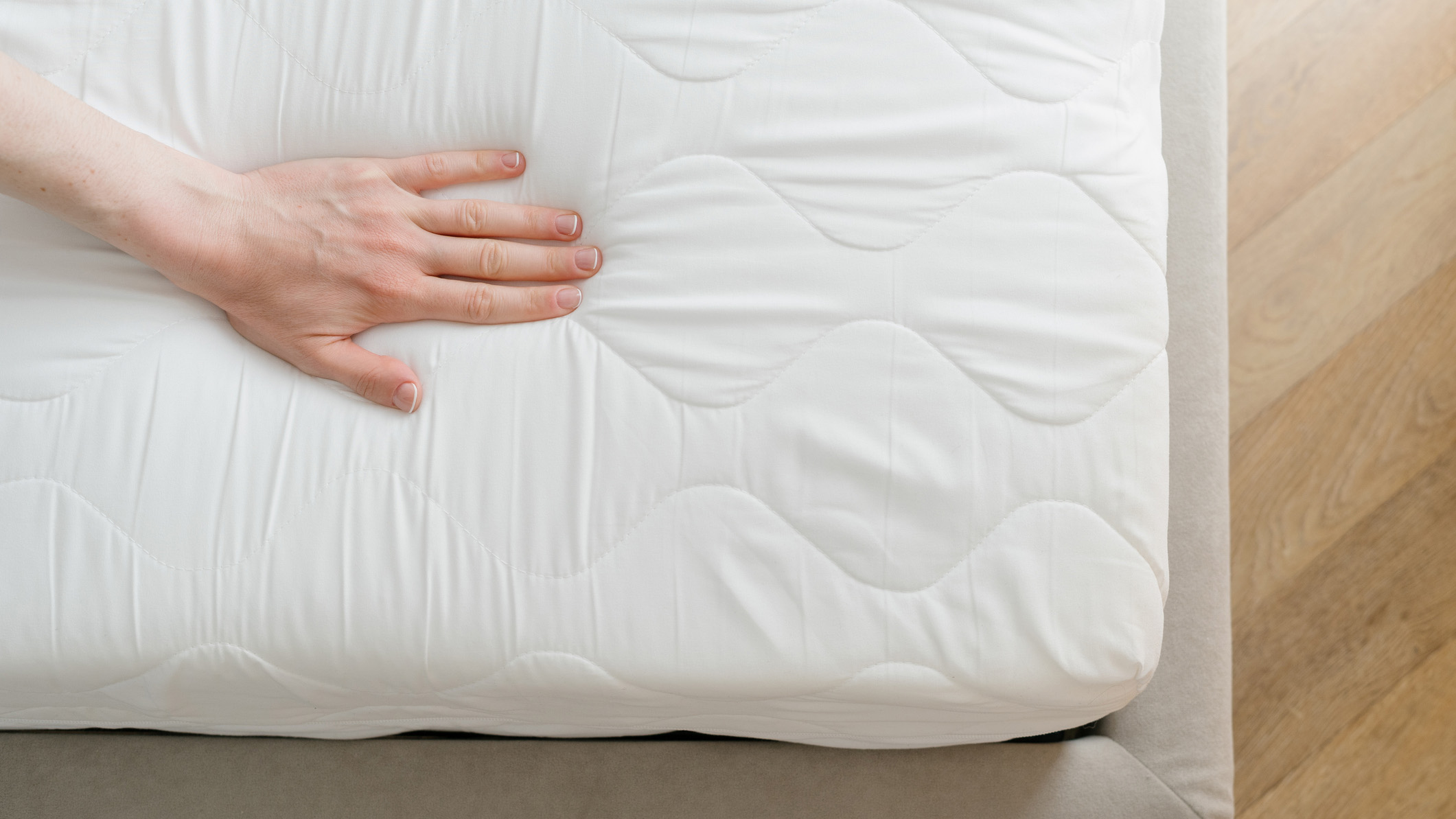I’m a mattress tester — 3 things I do before sleeping in a hotel bed
Hotel mattresses get a lot of use, so here’s what I do before sleeping on one

I love staying in hotels as I can try out many different mattresses (yes, I’m a mattress nerd), but there’s no getting away from the fact that these beds have a high turnover of guests in any given week.
Before I started my job as a Mattress and Sleep Editor, I wouldn’t think twice about checking into my hotel room, diving under the covers and going straight to sleep. But after years testing the best mattresses in the world, and learning how to care for them (and what happens when you don’t), I now know what nasties could be lurking beneath the sheets — not to mention what discomfort might lay ahead of me if the mattress is the wring firmness for my sleep style.
From cleanliness to firmness checks, there are three specific things I do before sleeping on a hotel mattress. These checks help give me the best chance of a good night’s sleep (I’ll share some tips on how to sleep in a hotel too), and they reassure me that my sleep space is clean.
3 things I do before sleeping on a hotel mattress
Have you ever wondered what mattresses do hotels use? Me too, so I always call the hotel before I book to see what type of bed I’d be sleeping on. It isn’t so much of a problem if I’m staying for just one night, but if I’m sleeping at the hotel for two nights or more, I definitely call and ask.
The effects of short-term sleep deprivation start to show up quickly — a second night sleeping on an uncomfortable mattress will disrupt sleep quality, duration and make it harder to drop off. A few nights of that and you quickly rack up sleep debt.

And on the other hand, if you really like the mattress, you can often purchase one for your own home. Had a great night's sleep at a Hilton hotel? Find out what mattress Hilton hotels use, and you can shop it for yourself.
From my experience, most hotel mattresses sit towards the middle of the firmness scale so that they have a better chance of suiting a wide range of body types. Luxury hotels tend to opt for pillow top and Euro top beds for an instant hit of comfort. Budget hotel beds can be a mixed bag. These range from plank-of-wood-firm to offering a decent mix of support and comfort.
Sign up to get the BEST of Tom's Guide direct to your inbox.
Get instant access to breaking news, the hottest reviews, great deals and helpful tips.
Here’s what I do before sleeping on a hotel mattress…
1. Check the mattress for stains and smells
Mattress wear and tear is normal and nothing to worry about. However, if I strip the bedding and see deep brown or yellow stains on the surface of the mattress, and especially if those stains have an odor, I call Front Desk and ask to switch rooms.
Brown and yellow stains on a mattress can be caused by an array of things, including urine, vomit and beverages (tea, coffee, and so on). Yellow stains can also be caused by a build-up of body sweat and body oils seeping down into the mattress over time. Mattress old age (natural decay) can also cause yellow stains – these are harmless.
Most hotels use quality mattress protectors to safeguard against stains and spills. This is important because if a mattress is unprotected, it will be at risk of dead skin, dust mites (which feed on dead skin), bacteria and more. If you have allergies, these can be triggered by a mattress infested with dust mites.
2. I look for signs of sagging
Once I’ve made sure the mattress is clean, I run my hands over the surface to check for dips and sagging. I also lie on the mattress in different areas to double-check for sagging, before squatting down on either side to look directly across the mattress.
Why does this matter? Because a sagging mattress won’t support your body during sleep, so your spine will be out of alignment. That could lead to neck and lower back pain.

A little sagging isn’t a dealbreaker for short visits, but if I’m staying for a few nights or if the sagging is significant, I ask to switch rooms. If the hotel can’t accommodate my request, I ask for a firm mattress topper to add instant support to the bed. At a push, I'll use pillows instead (see below).
3. If the firmness isn’t right, I request extra pillows
Mattress firmness is subjective – my idea of a soft bed will be different to yours, as firmness is affected by body weight and sleeping position, among other factors. In an ideal world, hotels would have a range of toppers on hand to add softness, firmness or cooling clout to their mattresses as needed. Reality is different though.
The solution? Ask Front Desk to send up some extra pillows. When placed at key points around your body, pillows can help temporarily offset a too-soft or too-firm bed. As a side sleeper who likes medium-firm to softer beds, I often find myself in this position when staying at a hotel.
I wedge a thin-ish pillow between my knees, a plumper one behind my lower back, and pick the tallest pillow to plug the gap between my head and shoulders. Unsure what pillow suits you? We walk you through it in our best pillows guide.
Sleeping better on hotel mattresses
Most hotels I’ve stayed at are very accommodating when it comes to helping guests sleep better. Thankfully, most hotel mattresses are free of sagging and layered with quality protectors and toppers to ensure cleanliness.
Don’t be afraid to ask for extra bedding and pillows if you need it though, and definitely speak to hotel staff if you have concerns about the support or cleanliness of the mattress in your room. Had an excellent night in a Marriott hotel? Our guide to what mattress the Marriott uses can help you achieve that comfort at home.
How to sleep in a hotel: My top tips
Once your mattress is sorted, and assuming your pillows are ok, there are other things you can do to ensure you sleep better when away from home. Here are my expert tips for how to sleep in a hotel and wake up feeling refreshed:
- Pack earplugs or noise-cancelling sleep earbuds to drown out general hotel noise and noisy neighbours at night.
- Spritz your hotel sheets and pillow cases with a lavender-based sleep spray – use it at home for 30 night’s before you stay in the hotel so it has time to become a ‘cue’ to your brain that it’s time to sleep.
- Adjust the AC 30 minutes before you want to sleep to make sure it’s at the best temperature for sleeping.
- Have a wind-down routine including a warm bath or shower to relax your muscles and lower your core temperature for sleep.
- Stick to your regular wake-up time – this is an important aspect of sleep hygiene and will help you fall asleep faster at night.
- Can’t sleep? Try a guided sleep meditation or body scan, or my favorite technique to drop off fast, The Military Sleep Method.

Claire is a qualified journalist and Certified Sleep Science Coach with over 16 years’ product review experience, and who is connected to a wealth of globally renowned sleep experts including mattress designers and buyers, neuroscientists, and doctors of sleep medicine. Claire is responsible for all mattress and sleep content published on Tom’s Guide and is our expert on Saatva, DreamCloud, and Nectar mattresses. Claire is also certified to advise people on how to choose a mattress that suits their needs and budget, as well as helping them to create a nighttime routine and bedroom environment that helps them sleep better. As our Senior Sleep and Mattress Editor, Claire oversees our rigorous testing procedures for our mattress reviews, while leading our team of specialist reviewers and writers who report on all the latest sleep products.
